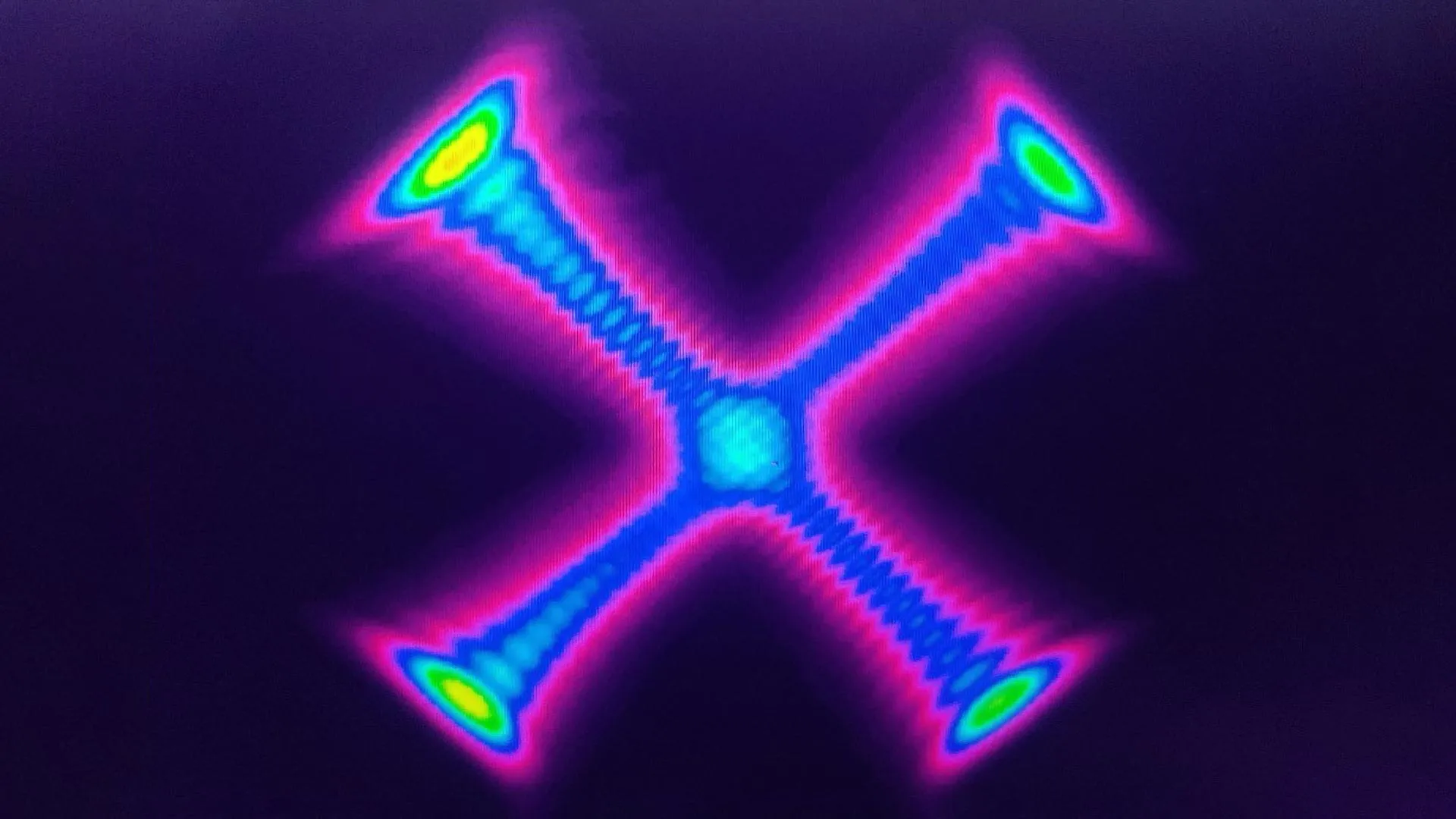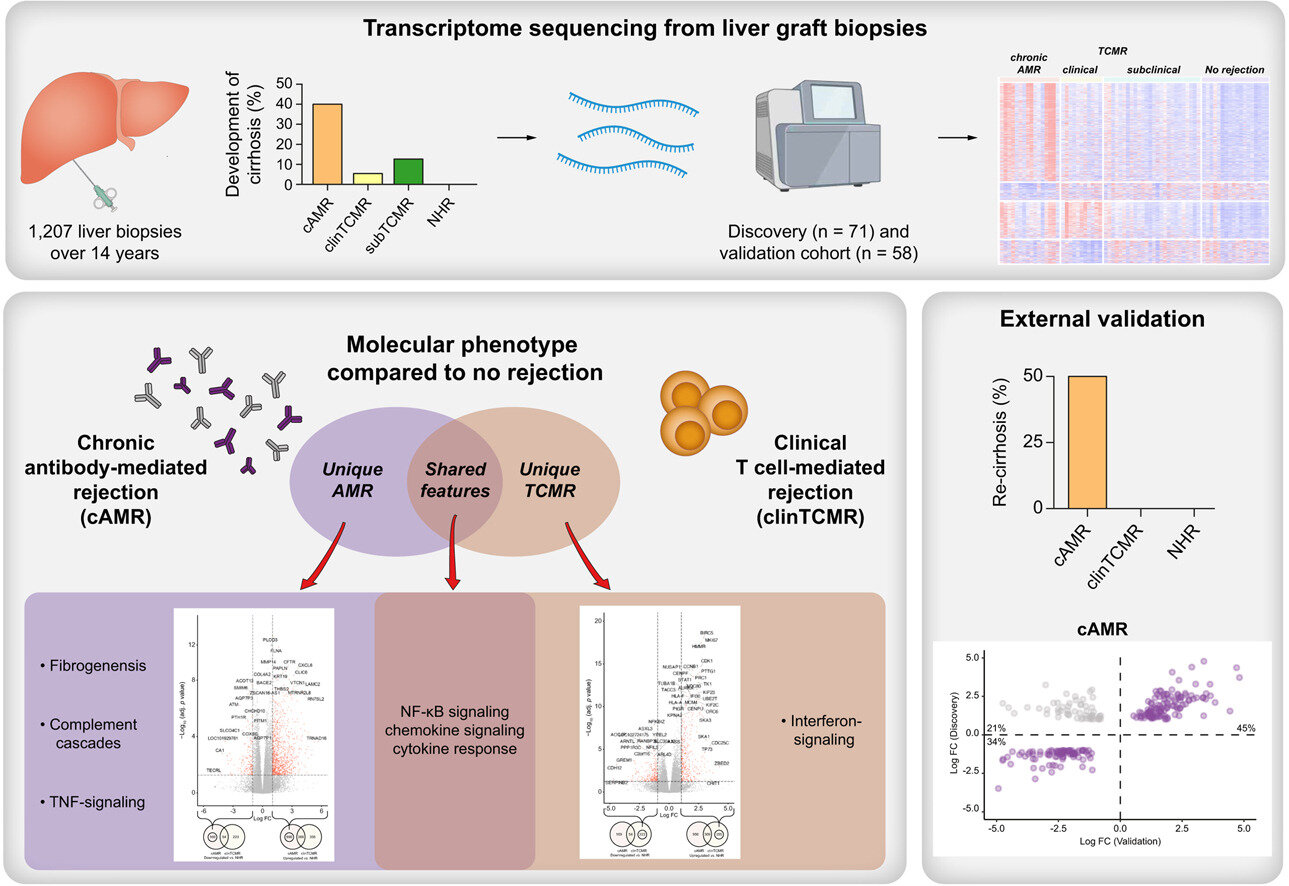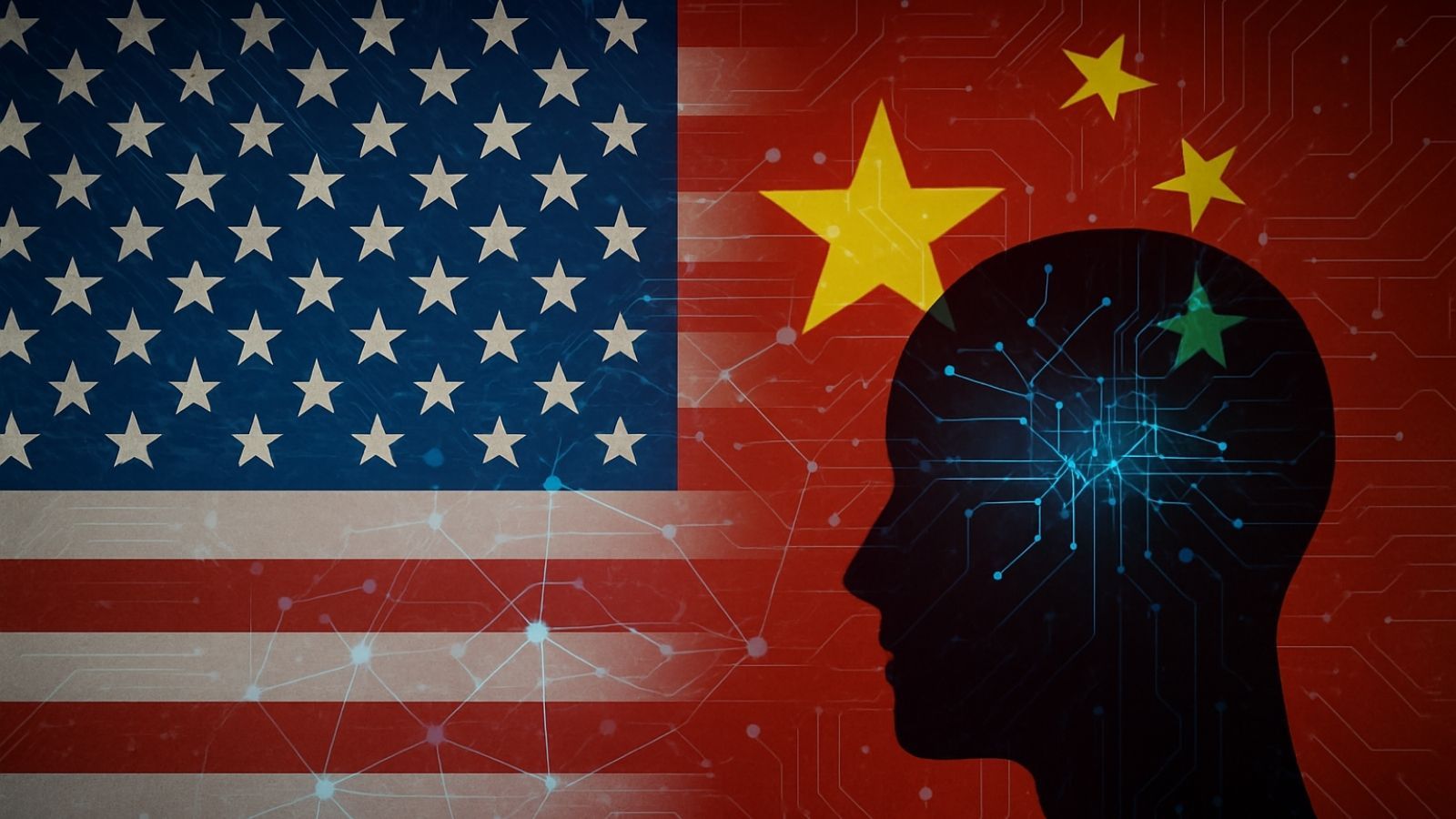Jimmy Cliff, the Jamaican musician and actor who helped popularize reggae around the world and paved the way for future stars of the genre such as Bob Marley, has died. He was 81.
Cliff’s wife, Latifa Chambers, announced the singer’s death in…

Jimmy Cliff, the Jamaican musician and actor who helped popularize reggae around the world and paved the way for future stars of the genre such as Bob Marley, has died. He was 81.
Cliff’s wife, Latifa Chambers, announced the singer’s death in…

Endodontists confirm root canal treatment for tooth infection can save natural teeth and contribute to better overall health by addressing local and systemic inflammation
CHICAGO,

A new Doctoral Network led by Tampere University has received €4.4 million from the European Union’s Marie Skłodowska-Curie Actions (MSCA) program. Through the High-Power Optical Vortices (HiPOVor) initiative, 15 doctoral researchers will be…

Quantum systems typically evolve towards thermal equilibrium, yet certain special states, known as quantum scars, defy this expectation by remaining stable and exhibiting non-thermal behaviour. Himadri Halder from the Raman Research Institute…

Liver transplants often save the lives of seriously ill…

To be someone who menstruates means continuously trying to untangle fact from fiction. Is it true that you can’t swim on your period? No. Does the scent of a person menstruating attract bears? Also no.
There is one period rumor I’ve always…

As the United States and China push to lead in artificial intelligence, there is growing acknowledgment that some AI risks are too significant for either nation to manage alone. While competition drives innovation, high-stakes failures—such as models enabling biological threat design or automated cyberattacks—create cross-border dangers that demand coordinated responses.
As Daniel Castro writes in China Daily, the two countries don’t need shared laws or aligned regulations to cooperate on technical AI safety. Joint research, incident reporting, and red-team testing can reduce duplication, prevent accidents, and maintain global trust in advanced AI systems—much like US-Soviet collaboration on nuclear safety during the Cold War. Strategic safety is a shared security interest, even as technological competition continues.
Read the China Daily op-ed here.
Image credit for social media preview: Generated by Dall-E